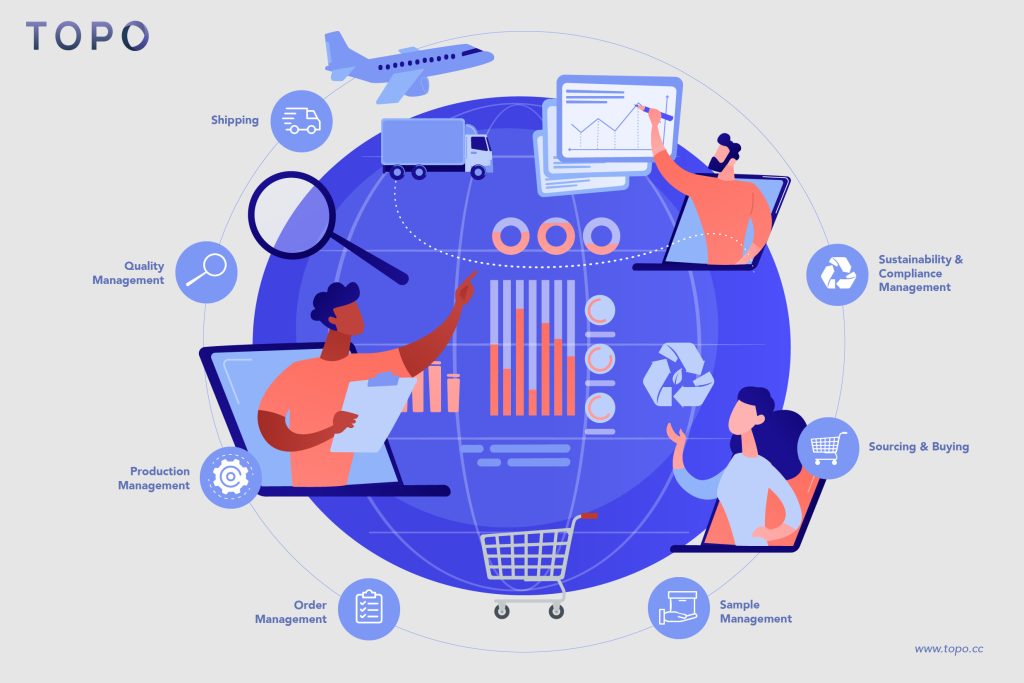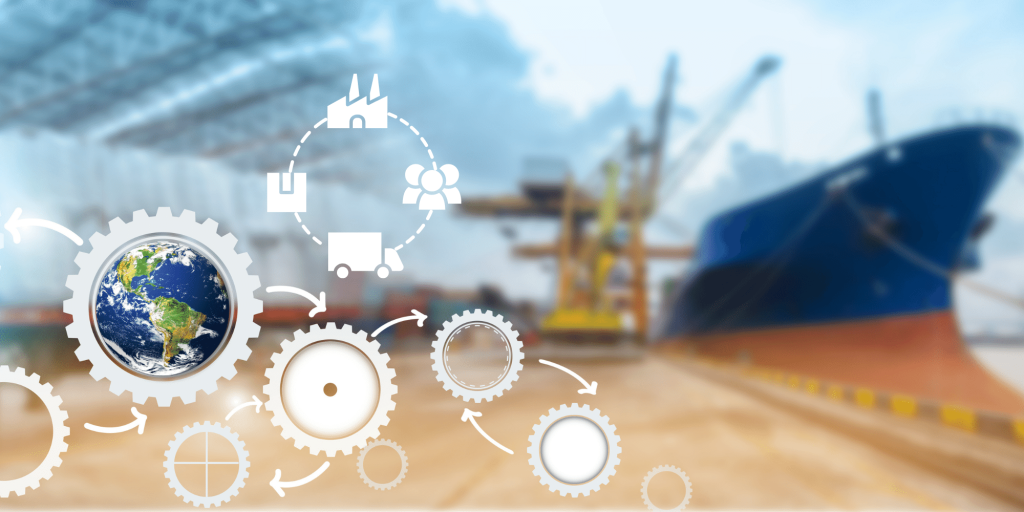A sustainable supply chain is one that fully integrates ethical and environmentally responsible practices into a competitive and successful model. However, to get there, companies must make a major shift: know every facet of their business and everyone involved.
A recent note from Sphera, a provider of software, data and consulting services for risk and performance management of environmental, social and corporate governance (ESG) factors offers some interesting insights on the path to sustainability in supply chains.
“What company isn’t thinking about sustainability in supply chains these days?
Spoiler: There isn’t one. So if you’re not working to make sure your company’s global supply chain is sustainable, then you’re already way behind the curve.
This is no longer a new concept: to stay ahead of the competition, sustainability is an absolute necessity.
What is a Sustainable Supply Chain?
A sustainable supply chain is one whose processes do not have a negative impact on future generations. Generally, sustainable supply chain management is associated with environmental issues such as the elimination of air and noise pollution, waste reduction, energy savings and others.
However, this concept should not be confused with the idea of a green supply chain, which focuses directly on the environment and involves integrating environmentally friendly processes into the supply chain. Sustainability includes environmental considerations, but is also broader.
In fact, sustainability is generally considered to have three pillars:
- Economic: economically sustainable practices are those that support long-term economic growth.
- Environmental: Environmentally sustainable practices are those that will not have a negative impact on the environment in the long term; for example, those that do not use excessive amounts of energy.
- Social: Socially sustainable actions are those that promote the well-being of a community and culture.
A sustainable supply chain is one that takes into account economic, environmental and social aspects and is composed of processes that consider the future impact of its actions in these three different areas.
So while the environmental aspect of sustainability is important, it is not everything to your company. A truly sustainable supply chain is one that has no negative environmental, economic or social implications. A supply chain that resorts to modern slavery, for example, could be considered a green supply chain, but not a sustainable one.
You may also be interested | Report: “40% of companies have not established a single deforestation policy”
Five Reasons Why Supply Chain Sustainability Is Beneficial
There are very real and concrete business benefits associated with a program that promotes supply chain sustainability. Here we break down the top five.
Improves customer satisfaction
All companies need to keep their customers happy, and in today’s hyper-conscious consumer culture, sustainability is a key element.
Think of the food industry: 50 years ago, few people were aware of inhumane practices in the processing of animal products, and even fewer people cared. But now you can go to any grocery store and find beef that boasts of coming from grass-fed cows, and eggs that come from hens raised without cages.
The food industry learned that its processes had to be sustainable if it wanted to keep its customers happy, and other companies are in the process of learning that same lesson right now.

Helping you comply with standards and regulations
Sustainability regulations are on the rise, and it’s essential for supply chains to comply. The U.S. Clean Water Act, for example, regulates the discharge of pollutants into the nation’s waters.
You better believe that compliance with this regulation is to your organization’s advantage or you’re likely to see some legal consequences down the road.
Helps you avoid reputational damage
You know what’s even worse than a fine from the government because your company or one of your suppliers has failed to comply with a specific regulation? The bad press you’re going to get for it. Whoever said all press is good press wasn’t thinking about getting in the news for failing to meet sustainability expectations.
Consider, for example, when the Environmental Protection Agency (EPA) discovered that many VW cars sold in the U.S. had a “defeat device” in diesel engines that could detect when they were undergoing emissions testing and changed their performance accordingly to improve results.
In the wake of this scandal, VW lost the trust of consumers around the world and recalled millions of vehicles, causing the company to post its first quarterly loss in 15 years. And it wasn’t a small loss either: $2.7 billion.
You can qualify for certifications that give you credibility
It’s one thing to say your company practices sustainability; it’s quite another to prove it.
A growing number of organizations are offering certifications to demonstrate that companies are working with sustainability in mind. The Green Business Bureau (GBB) certification process, for example, awards points for each sustainable activity an organization completes, and also provides guidance on future initiatives that could help your business.
Improving the world
Don’t get us wrong: sustainable supply chains have all the business advantages we just listed. But let’s not overlook the most basic reason: Sustainable initiatives make the world a better place. And every company should want to play a role in something like that.
What is the Biggest Barrier to Supply Chain Sustainability?
There probably aren’t many companies today that say they don’t want a sustainable supply chain. But if it were as easy as wanting a sustainable supply chain, then we wouldn’t even be having this conversation.
The fact is, no matter how good a company’s intentions are, there are many barriers to implementing a sustainable supply chain.
The biggest, however, is almost certainly one that starts with procurement and logistics: namely, the lack of visibility into the sub-tiers of supply chains.
Very few companies, especially those with global operations or multiple business units, can fully map their entire supply base, not just their direct suppliers, but their direct suppliers, their sub-suppliers, their sub-sub-suppliers… well, you get the picture.
A supply chain is not a chain, it’s a network. And it’s a vast network that is difficult to map. But if you don’t know all the elements of that network, how are you going to make sure they are sustainable?
That’s why our No. 1 recommendation for overcoming sustainable supply chain issues is to gain global visibility into your lower-tier suppliers with a supply chain risk management program.
Once you have that in place, you can monitor them to ensure they are implementing the sustainable practices your company requires and work with them to improve them if they are not meeting your standards.”
By Sphera




